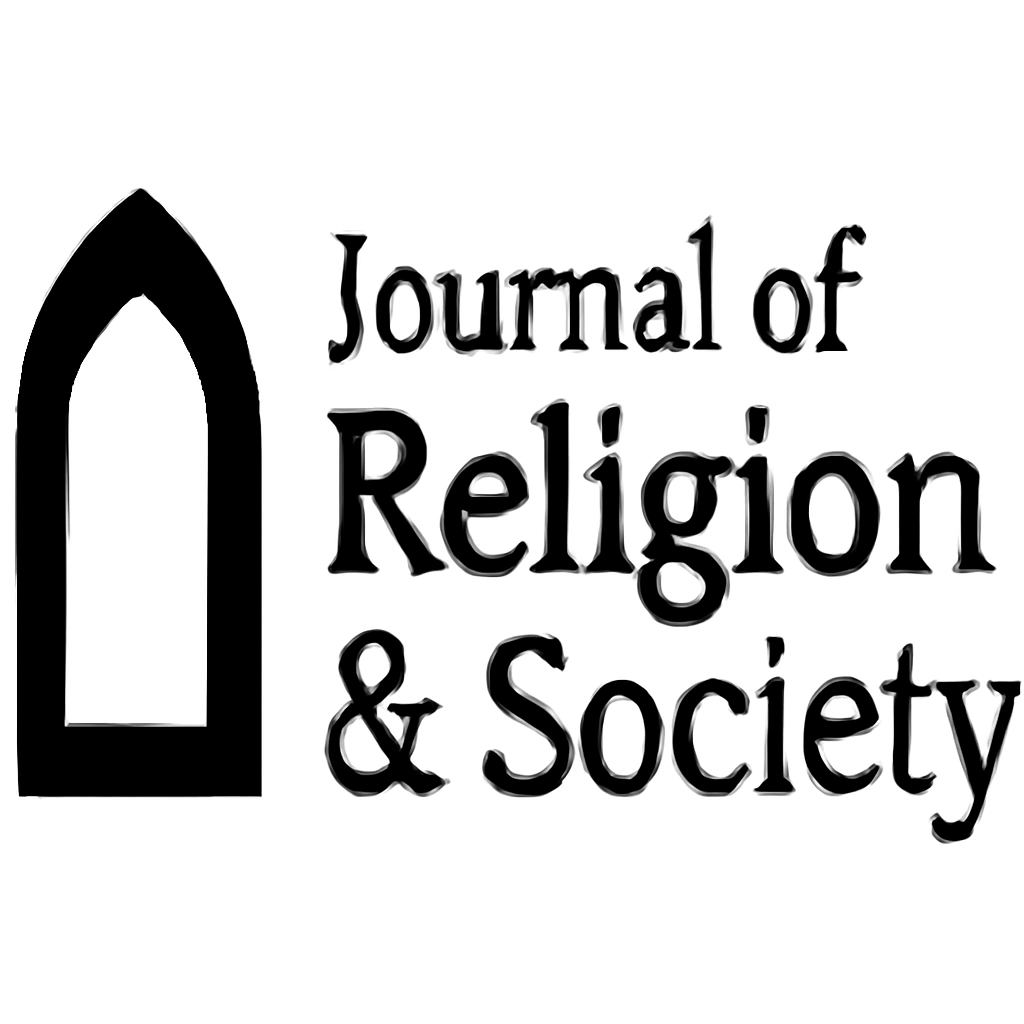A RESEARCH STUDY ON THE GUIDELINES OF MODESTY FOR MEN AND WOMEN
Abstract
Islam, as a comprehensive way of life, guides every aspect of human existence, emphasizing moral and societal purification. The principle of "lowering the gaze" (ghad al-basar) is an essential teaching, intended to preserve the sanctity of the heart and mind while fostering a virtuous society. The Holy Qur'an, in Surah An-Nur, instructs believing men and women to lower their gazes and guard their chastity, underscoring the significance of this command for personal purity and the prevention of societal corruption. Islamic teachings strictly prohibit lustful or inappropriate gazes at non-mahram individuals, as such behavior can lead to moral degradation and grave sins like adultery. This command equally applies to men and women, aiming to establish a dignified and harmonious social structure. In prophetic traditions, unlawful gazes are described as poisoned arrows from Satan, with the assurance that those who avoid such gazes out of fear of Allah will be granted the sweetness of faith in their hearts. This research highlights that lowering the gaze is not merely a religious obligation but a means to achieve inner purity, moral excellence, and societal harmony. The command helps individuals control their natural desires and shield themselves from satanic temptations. By adhering to this principle, individuals contribute to a society rooted in respect, decency, and spiritual well-being, aligning perfectly with the divine wisdom and objectives of Islamic teaching.
Keywords: Purification, Ghad al-basar, Control, Behavior





